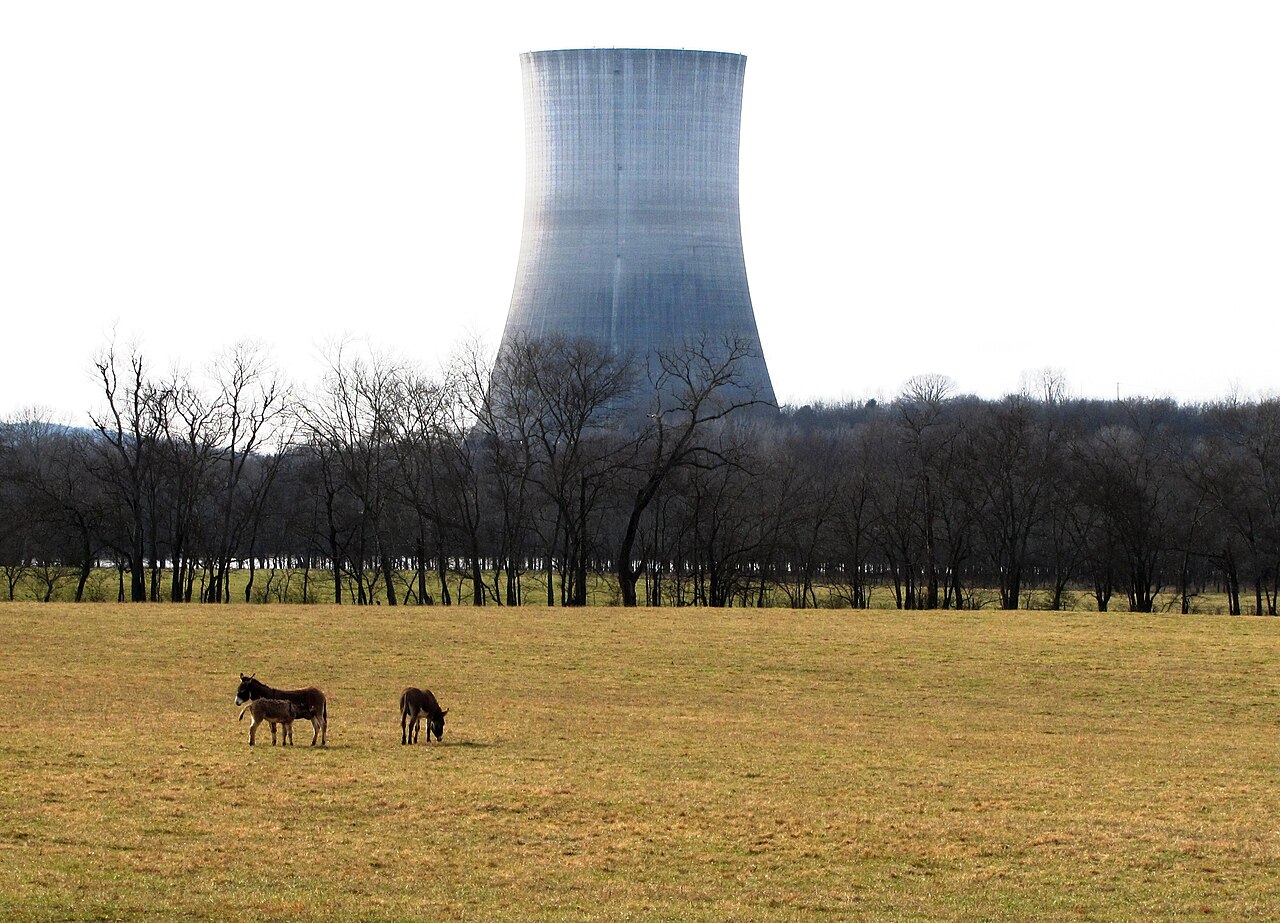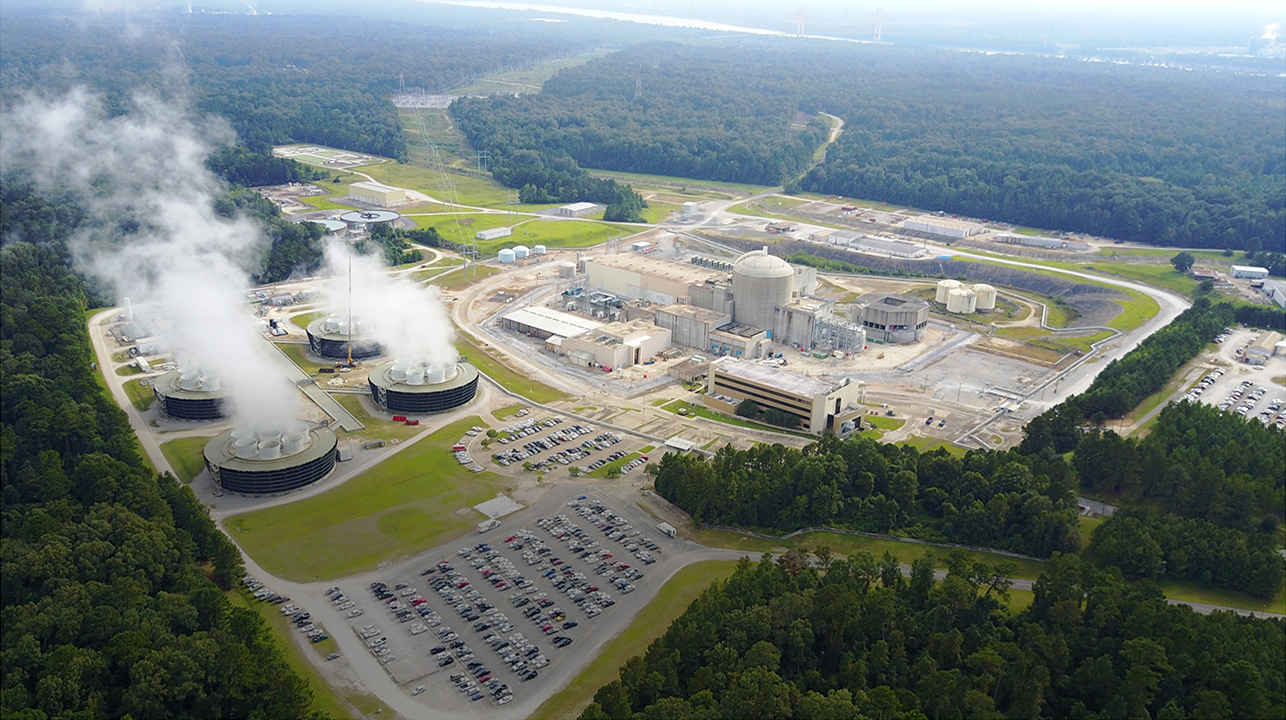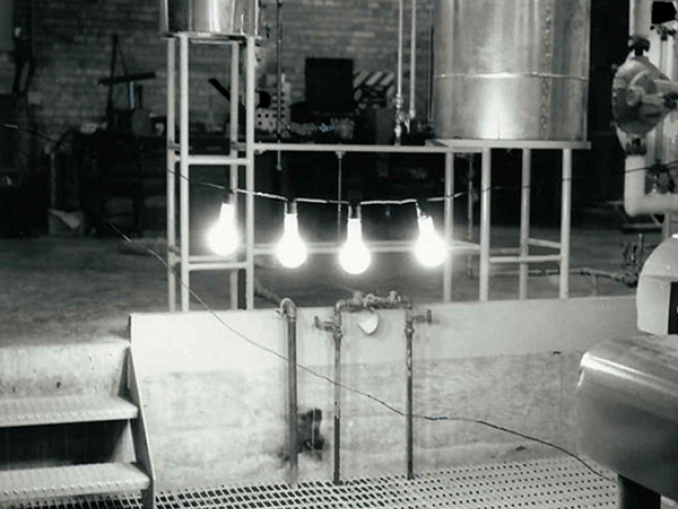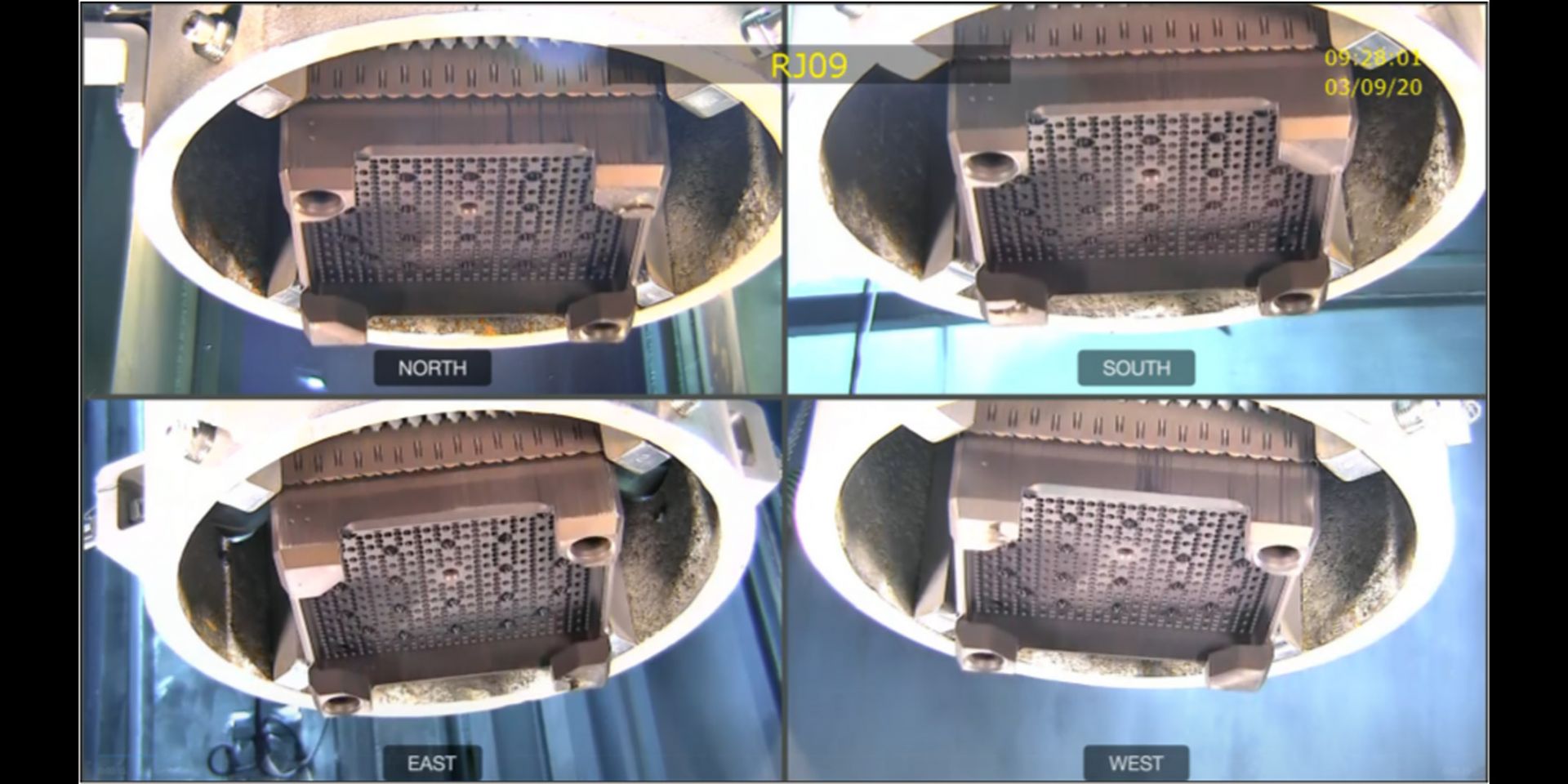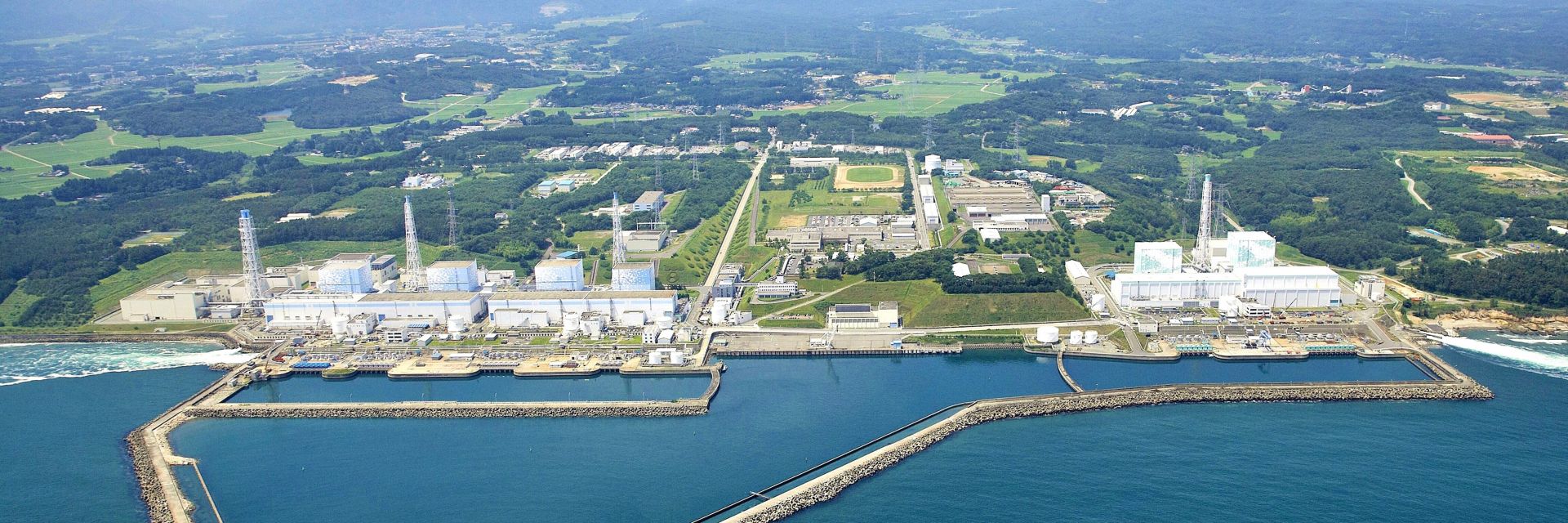Jim Byrne—ANS member since 1979

Julie and Jim Byrne on their wedding day, May 22, 1976.
As I was finishing my studies at the University of Pittsburgh and about to graduate with a degree in civil engineering, I talked to a local navy recruiter about a position with the Seabees. He told me there were no Seabee billets, but that the navy had a nuclear power program that might interest me. When I said yes, it wasn’t long before I was whisked off to Washington, D.C., to interview with someone named Admiral Hyman Rickover. The one thing they told me was to stand up to “the kindly old gentleman.”
The day started with technical interviews and then I was ushered into the admiral’s office. I was a typical college student, and I spent my money on food and beer and not on haircuts. On seeing me, Admiral Rickover told me that I looked like a girl. After a bit of back-and-forth, he asked me a couple of other questions. His last comment to me was that I must know something and to get out of his office.


